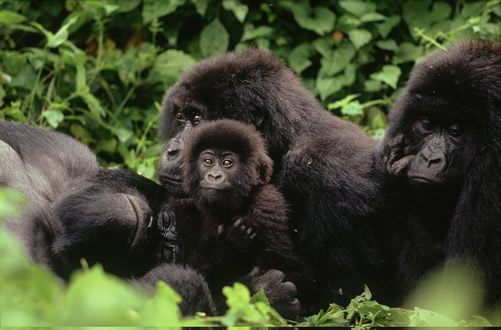

ĝevelop a management plan that involves the local community at every level.ĝemarcate the reserve and produce an extensive map of the area.Ĝonduct a thorough census of the forest's gorillas and other fauna and flora.The aim of the project is to preserve the Walikale forest ecosystem and raise awareness on the importance of environmental conservation. This led to the establishment of the 70,000 hectare Walikale Community Gorilla Reserve and the inception of a committee that invited the Gorilla Organization to support its initiative in 2003. The Walikale Gorilla and Forest Conservation Project began in 2001 due to the efforts of local communities who were keen to protect their local biodiversity and preserve the gorilla habitat for future generations. Together, these activities are fragmenting and destroying the gorilla habitat.ĭespite this, Walikale Territory has vast tracts of pristine rainforest with high levels of biodiversity and may be the most important remaining stronghold for eastern lowland gorillas.

Trespassing to collect firewood and other resources such as food and water, the escalating charcoal trade and encroachment to convert forest into farmland all cause huge environmental damage, while mining and hunting also have a detrimental effect.

In communities living alongside the gorilla habitat, the vast majority of families throughout DR Congo rely on firewood and charcoal for cooking and heating their houses, and the country's forests provide a steady supply of fuel. The most dominant threat to their survival is habitat destruction. It is estimated that numbers have declined by over 75% in the past ten years alone, and there are now fewer than 3,000 individuals remaining. The Walikale Gorilla and Forest Conservation ProjectĮastern lowland gorillas ( Gorilla beringei graueri) have been adversely affected by human activity for many years, with instability, civil war and poverty all contributing towards a significant population reduction over the past three decades. Its objectives are: to support gorilla protection efforts and habitat conservation to provide communities with sustainable alternative resources to those from gorilla habitat to alleviate poverty and develop livelihoods within these communities and to raise awareness of environmental issues.


 0 kommentar(er)
0 kommentar(er)
